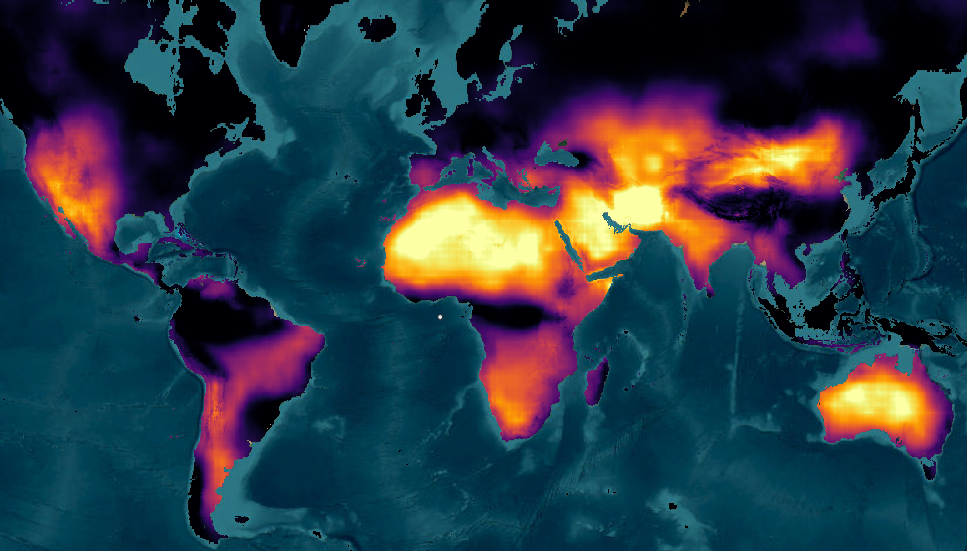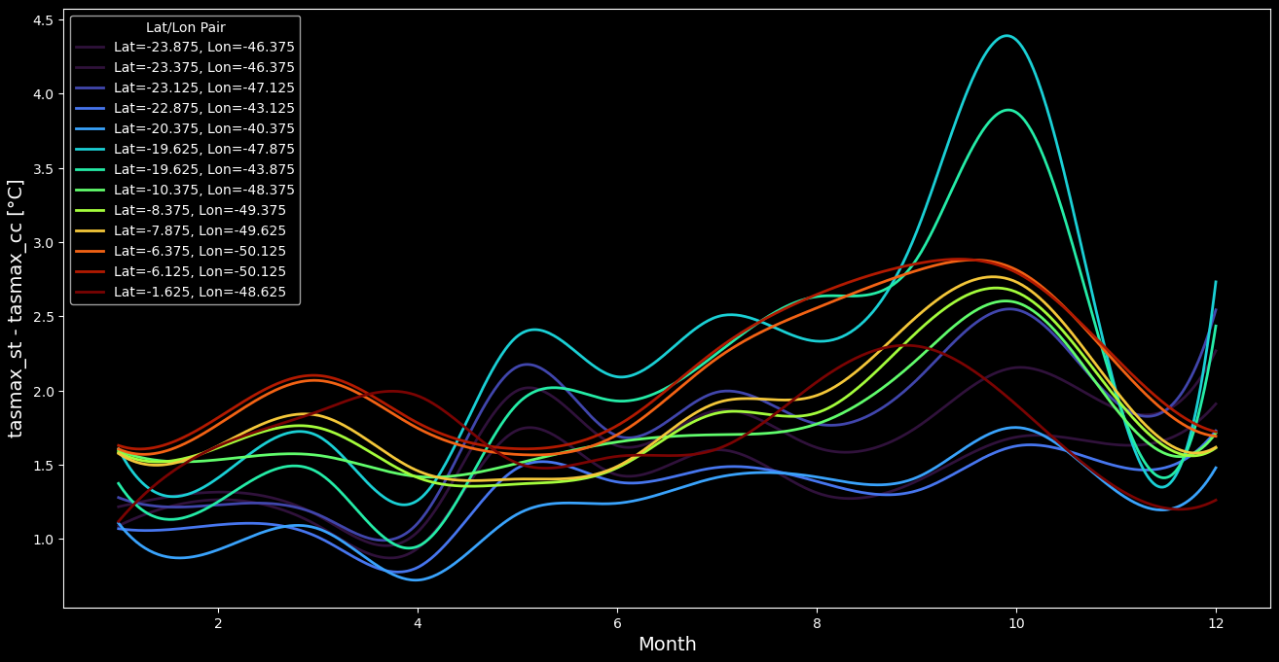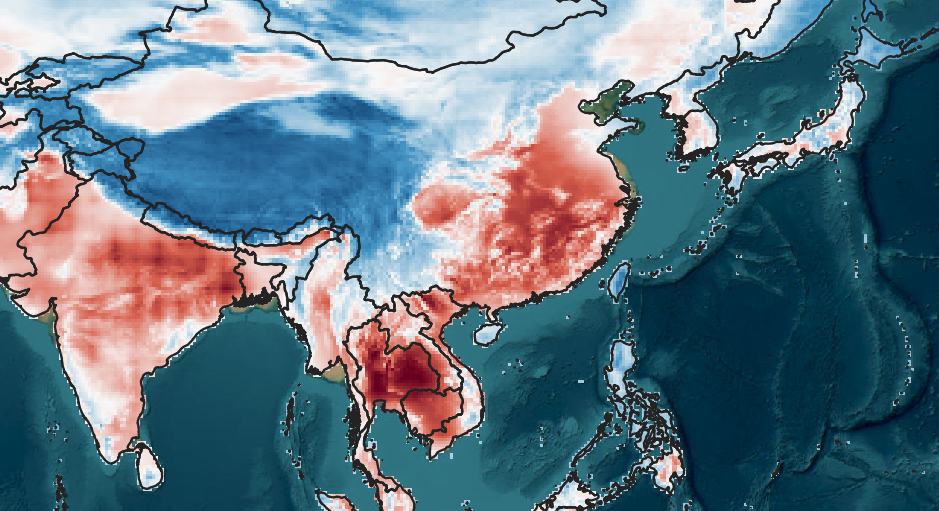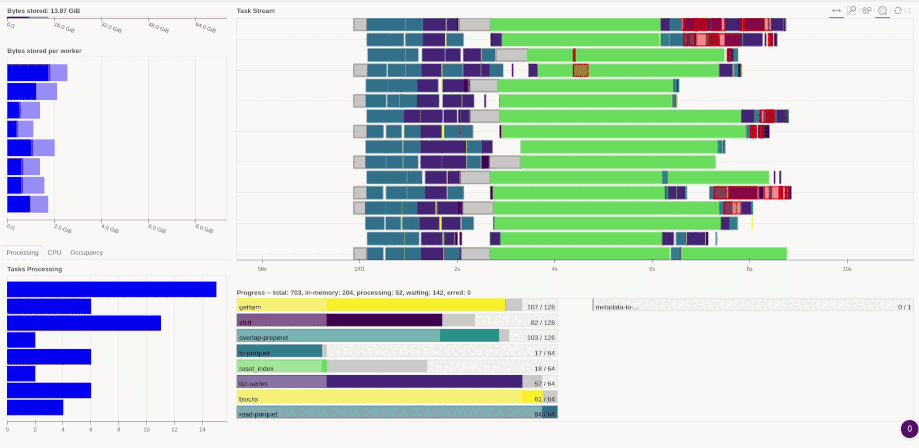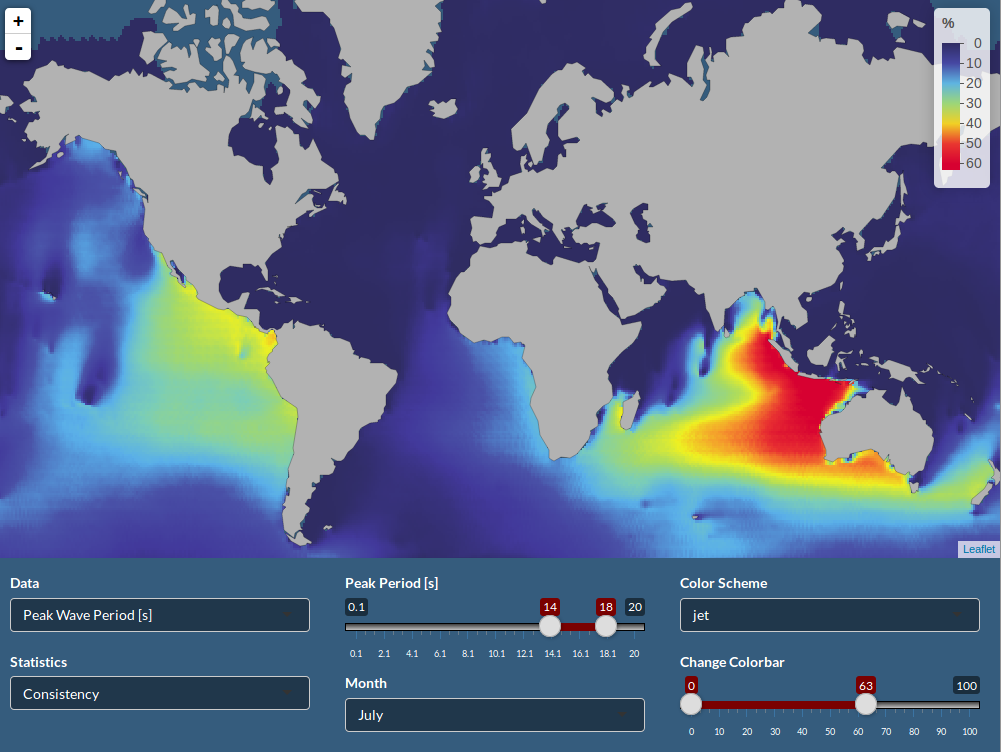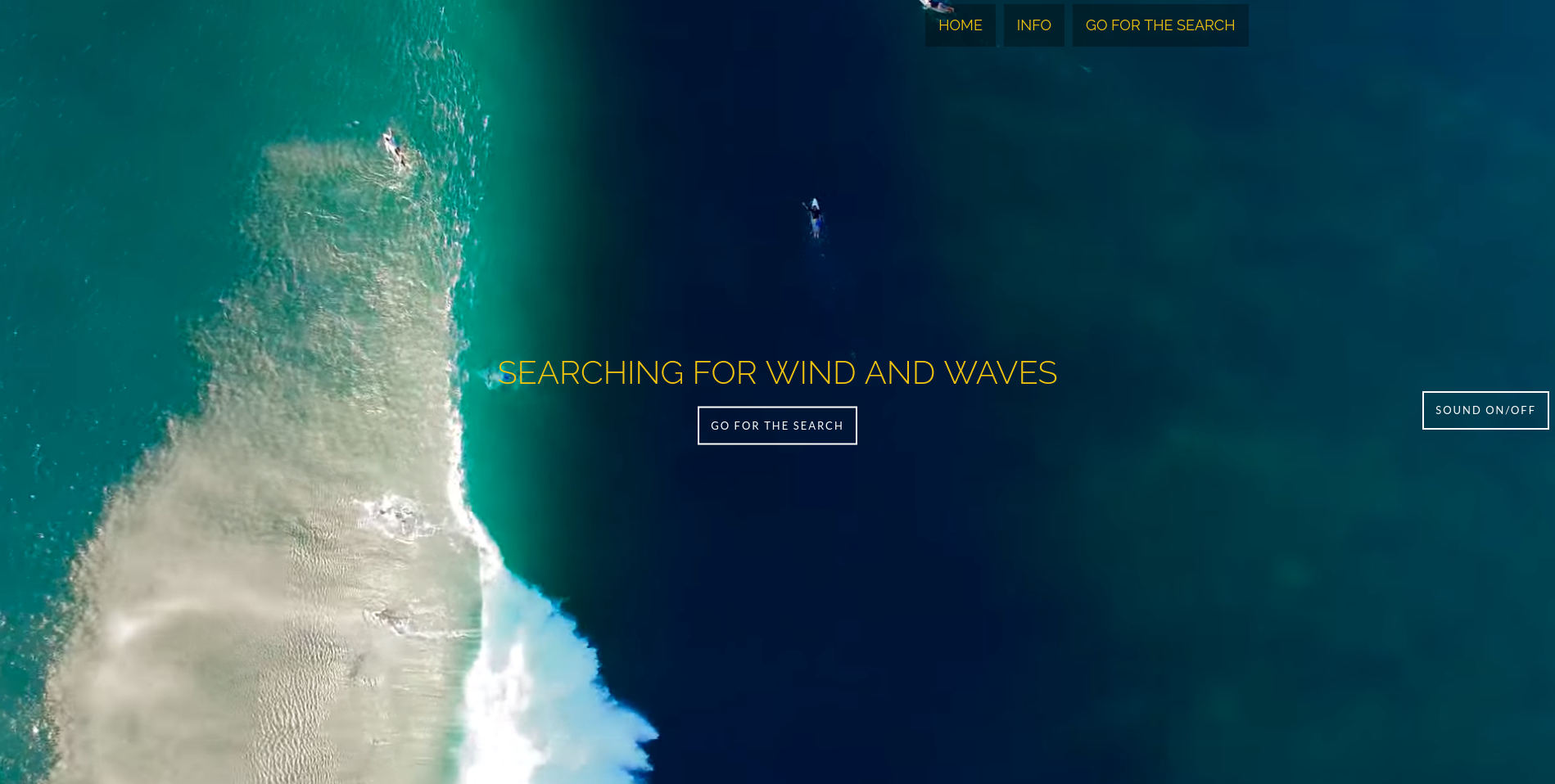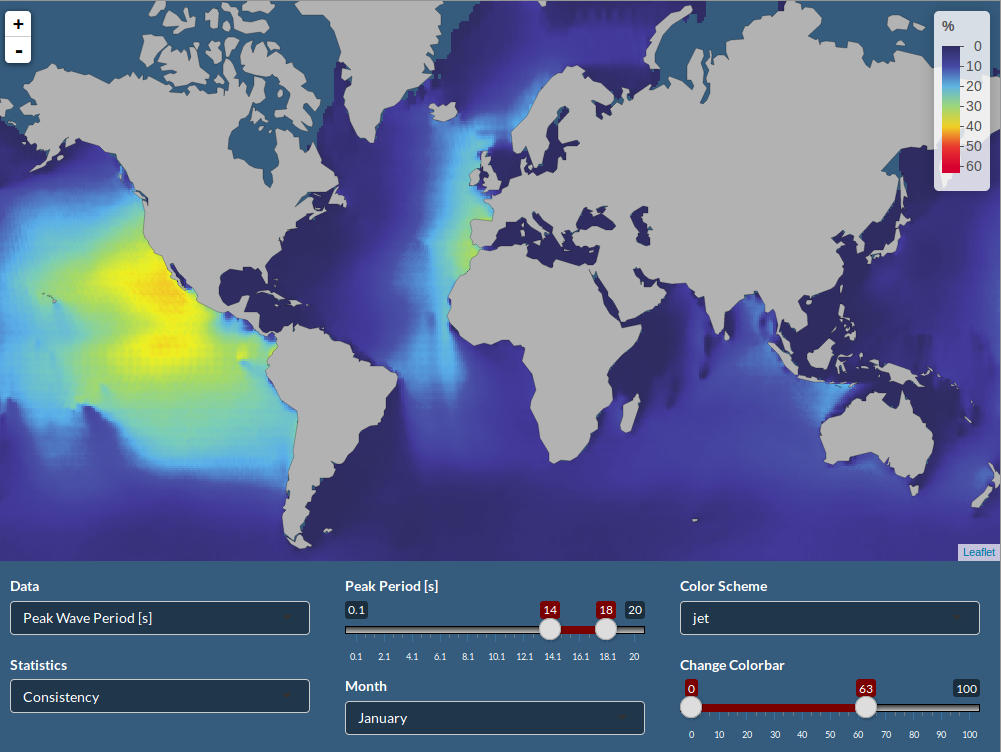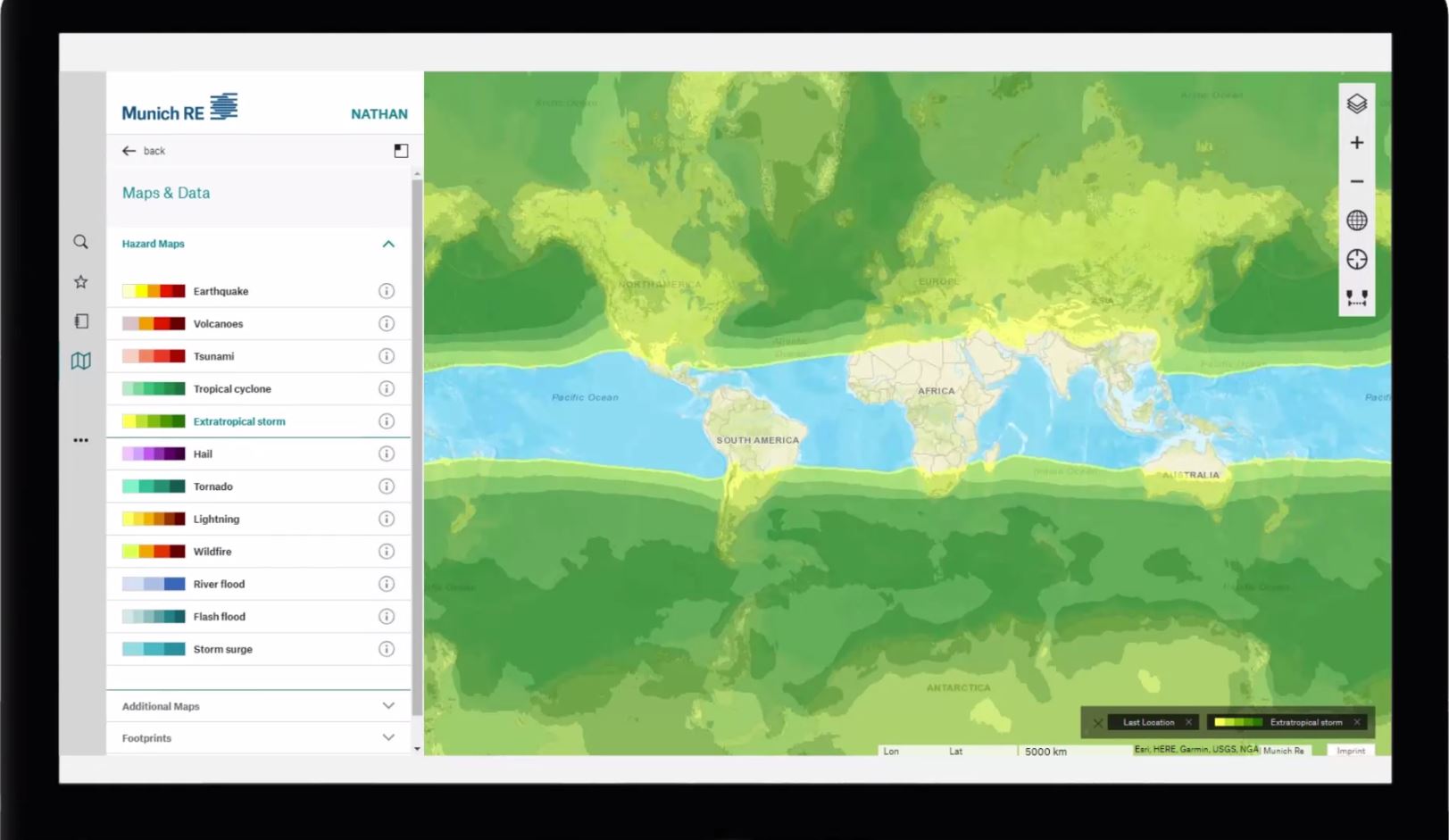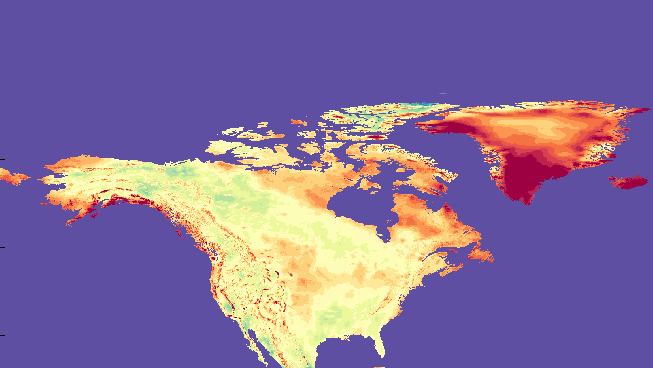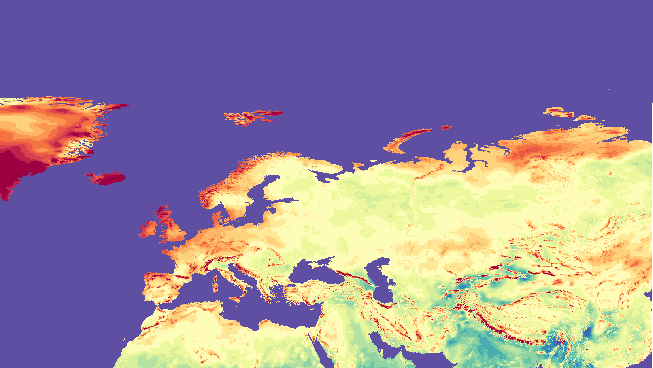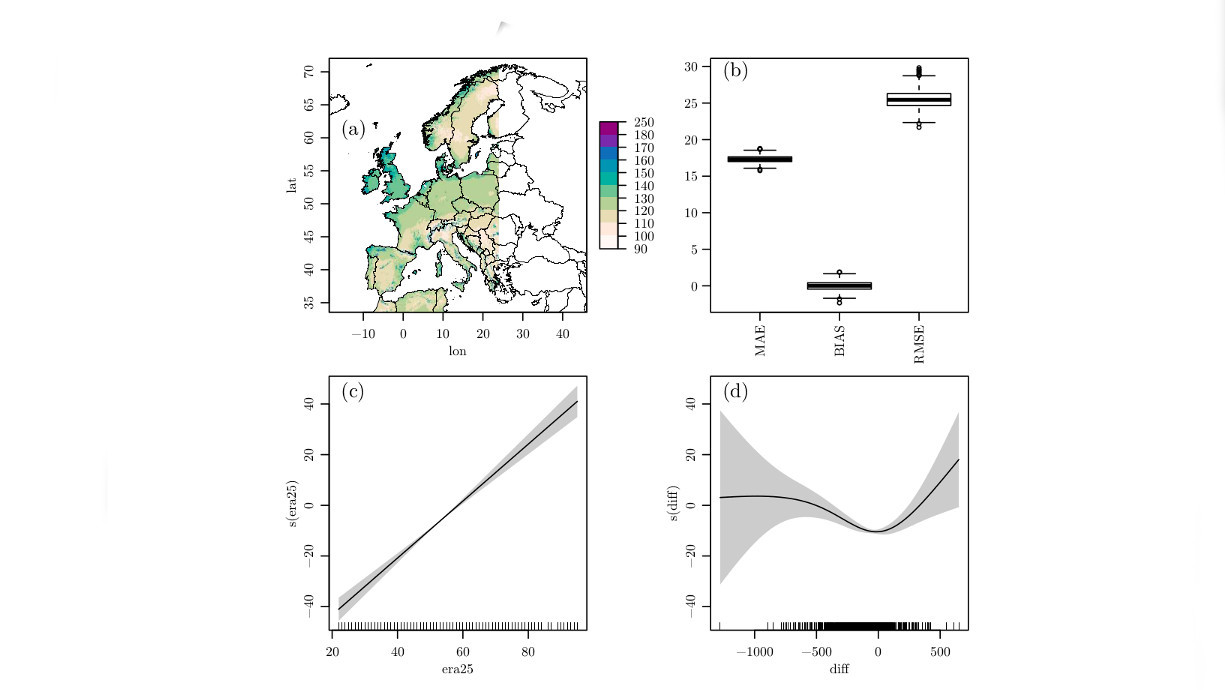Climate Risk Modeling & Parallel Computing
🌦️ Comprehensive Climate Risk Assessment considering frequency & intensity of physical hazards such as wildfires, heat waves, extreme precipitation, tropical cyclones, etc due to climate change for international financial organizations.
- 🌐 Advanced Data Techniques: Leveraging downscaled Climate Model Data (CMIP6) from NASA to increase climate risk assessment resolution from several hundred kilometers to 25 km to meet and exceed clients demands & expectations
- ⚡ Efficient Data Processing: Distributed Computing with Dask enables to efficiently process 50 billion data points per meteorological parameter
- ☁️ Cloud-Enabled Infrastructure: Leveraging Microsoft Planetary Computer , a cloud-based platform, optimizing computational efficiency for handling extensive geospatial climate datasets. This fusion of expertise and cutting-edge tools ensures that clients gain invaluable insights for informed decision-making.
GOFORTHESEARCH.COM
- 🌊 Global Historical Wind & Wave Conditions – Where can surfers, windsurfers and sailors find desired wind and wave conditions during the year? A general trend for such conditions can be inferred from atmospheric and oceanographic reanalysis data of previous years.
- 🗺️ A data analytics & and visualization tool that enables users to globally identify historical wind and wave conditions on a monthly resolution.
- 📍 Find Perfect Water Sports Destination – Water sports enthusiasts can identify their ideal travel destination by assessing locations that are most likely to match their preferred meteorological and oceanographic conditions.
MASTER'S THESIS: RETURN PERIODS OF EXTRATROPICAL STORMS IN EUROPE
The goal of the thesis in cooperation with Munich Re was to evaluate the risk of extratropical windstorms in terms of return periods of wind gusts. Numerical Atmospheric model reanalysis data (37 yrs) is used in combination with observational data (15 – 76 yrs). With the help of extreme value theory and a spatial statistical machine learning model estimates of return periods of severe surface wind speeds can be predicted at any point in whole Europe.The European model can be used to predict the risk, respectively return periods of severe wind speeds at locations around the globe, where no or less observational data is available.The results are implemented in the new version of the Natural Hazards Edition of Munich Re.
Bachelor's Thesis: Visualization of Climate Change
The goal of the thesis was to visualize climate change. Therefore one could ask the question: Where do I have to go on earth today to experience tomorrow’s climate.
© 2024 Stefan Brunhuber | Impressum

